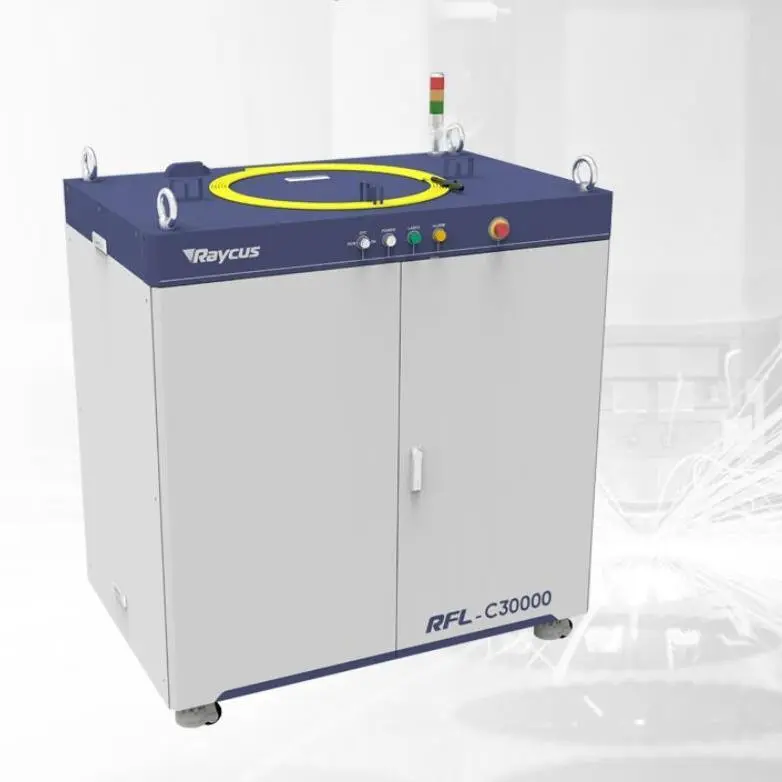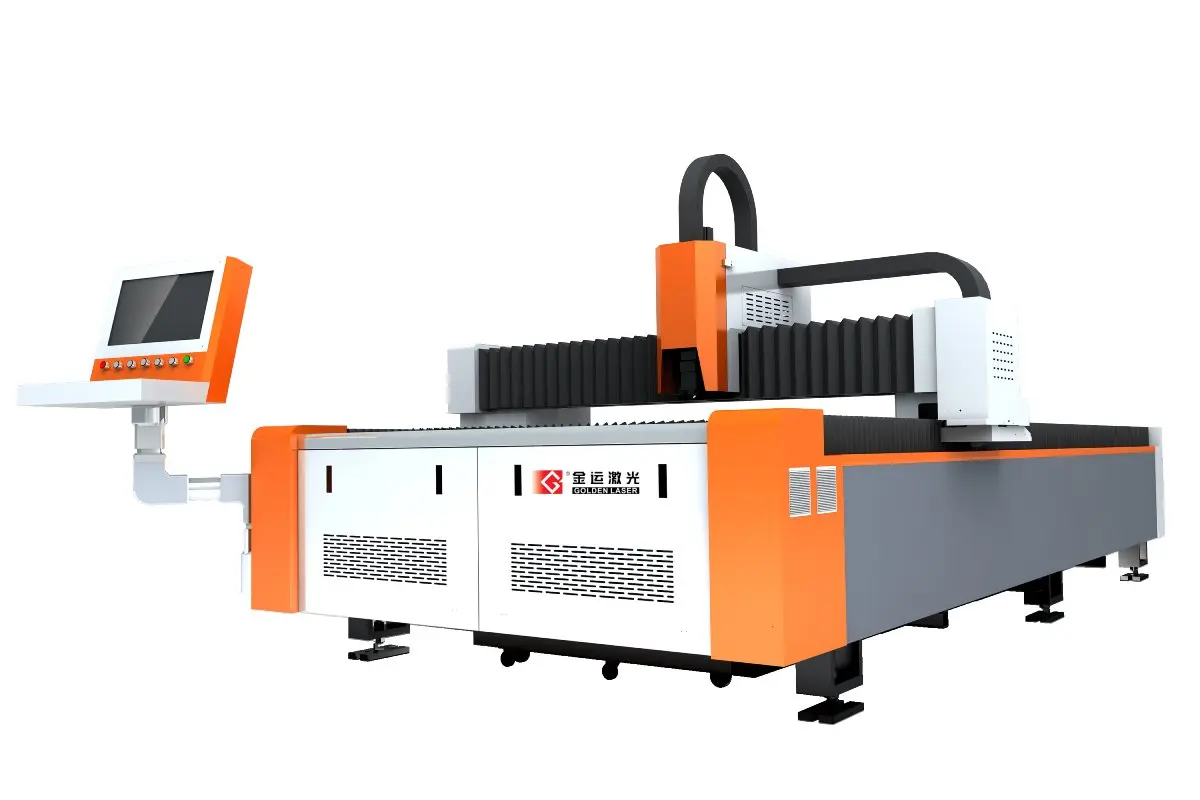In today’s fast-paced manufacturing environment, companies are constantly searching for innovative solutions to improve efficiency, precision, and cost-effectiveness. One technology that has recently gained significant attention is fiber metal laser cutting. This advanced manufacturing technique utilizes high-powered lasers to cut a wide variety of metals with unparalleled accuracy and speed. In this article, we will delve into the fundamentals of fiber metal laser cutting, its key advantages, applications across different industries, and future trends that promise to shape its evolution.
Understanding Fiber Metal Laser Cutting
Fiber metal laser cutting is a modern method that uses fiber-optic technology to generate laser beams. Unlike traditional CO2 lasers, which require mirrors to guide the beam, fiber lasers utilize a highly efficient optical fiber to produce light. This process not only optimizes the laser’s performance but also minimizes the loss of energy, making fiber lasers an attractive choice for cutting metal materials.
The technology works by focusing the laser onto the metal surface, where the intense heat causes the material to melt or vaporize, creating a clean and precise cut. The process is controlled by computer numerical control (CNC) systems, which allow for complex designs and intricate patterns to be cut with ease.
Key Advantages of Fiber Metal Laser Cutting
1. **High Precision and Quality**: Fiber metal laser cutting offers unmatched precision, with the ability to achieve tight tolerances and intricate shapes. This capability minimizes the need for post-processing and ensures that final products meet stringent industry standards.
2. **Speed and Efficiency**: The speed at which fiber lasers operate is remarkable. They can cut through various thicknesses of metal material quickly, significantly reducing production times and increasing throughput. This efficiency is particularly valuable in high-volume manufacturing settings where minimizing lead times is crucial.
3. **Versatility**: Fiber lasers can cut through a wide range of metals, including stainless steel, aluminum, brass, and copper. This versatility makes fiber metal laser cutting suitable for diverse applications across multiple industries, such as automotive, aerospace, electronics, and signage.
4. **Lower Operating Costs**: While the initial investment in fiber metal laser cutting equipment may be higher than traditional methods, the long-term operating costs are generally lower. Fiber lasers consume less energy and require less maintenance, which can lead to significant savings over time.
5. **Minimal Material Waste**: The precision of fiber laser cutting results in less slag and waste, allowing manufacturers to maximize their material usage. This efficiency not only reduces costs but also decreases the environmental impact of production.
Applications of Fiber Metal Laser Cutting
The applications of fiber metal laser cutting are vast and varied.

Revolutionizing Manufacturing: The Advantages and Applications of Fiber Metal Laser Cutting Technology in Modern Industry

Revolutionizing Manufacturing: The Advantages and Applications of Fiber Metal Laser Cutting Technology in Modern Industry
– **Automotive Industry**: In the automotive sector, precision is paramount. Fiber laser cutting is employed to manufacture components such as brackets, frames, and intricate designs that are vital for vehicle safety and functionality.
– **Aerospace Industry**: The aerospace sector demands impeccable standards for weight and strength. Fiber laser cutting supports the creation of lightweight, high-strength parts crucial to aircraft performance.
– **Electronics**: As the electronics industry continues to miniaturize components, fiber laser cutting has become essential in producing small parts with intricate designs. It enables the cutting of circuit boards and housings for electronic devices.
– **Metal Signage and Art**: The creativity of fiber metal laser cutting extends to artistic applications. Sign makers and artists utilize this technology to create customized metal signs, sculptures, and artwork with stunning precision and detail.
Future Trends in Fiber Metal Laser Cutting

Revolutionizing Manufacturing: The Advantages and Applications of Fiber Metal Laser Cutting Technology in Modern Industry
As technology continues to advance, the potential for fiber metal laser cutting is expanding. Future trends indicate an increased integration of automation and artificial intelligence in the manufacturing process. Smart factories that utilize IoT devices will optimize fiber laser operations, leading to even greater efficiency and productivity.
Furthermore, research into new laser configurations and enhancements in fiber technology may lead to higher cutting speeds and the ability to cut thicker materials. The trend toward sustainability in manufacturing also means that companies will seek environmentally friendly practices, and fiber laser cutting can play a crucial role by reducing waste and energy consumption.
Conclusion
Fiber metal laser cutting stands at the forefront of modern manufacturing technology, offering unparalleled advantages in precision, speed, and efficiency. Its versatility across multiple industries ensures its continued relevance as businesses seek to optimize their production processes. As technological advancements continue to shape the landscape, the future of fiber metal laser cutting appears bright and full of potential, revolutionizing how we think about metal fabrication in the years to come. Plate Fiber Cutting Machine
